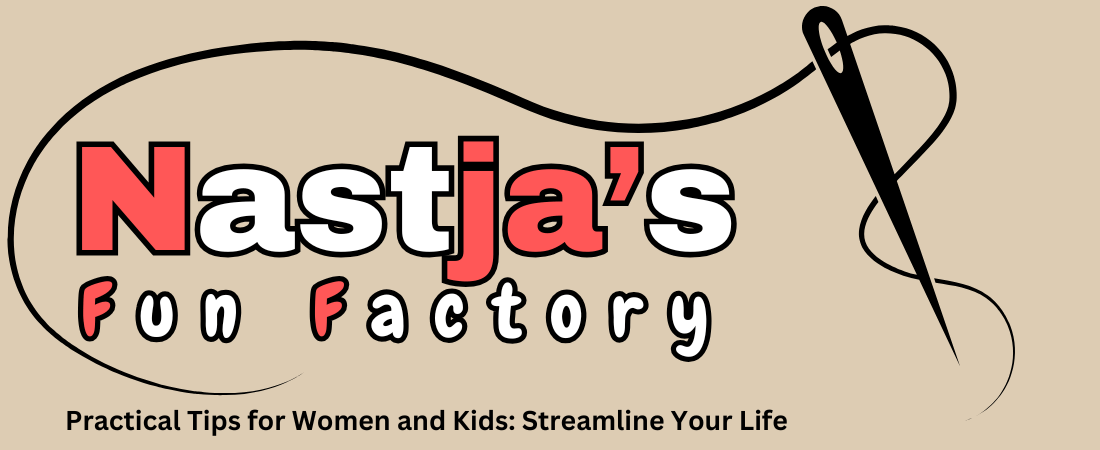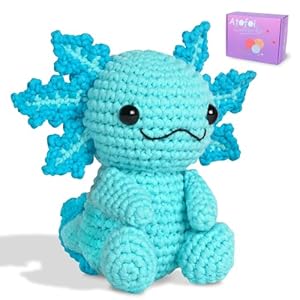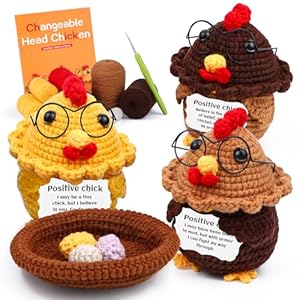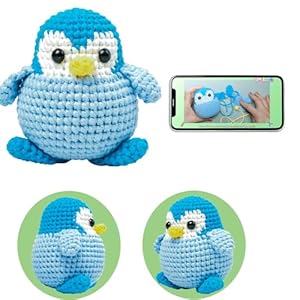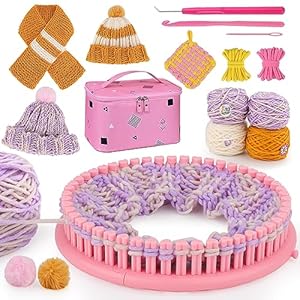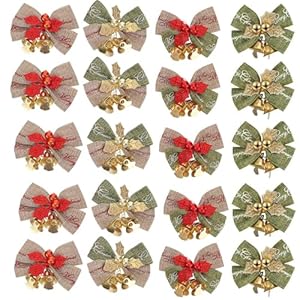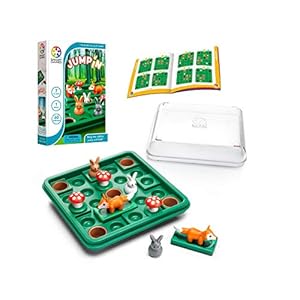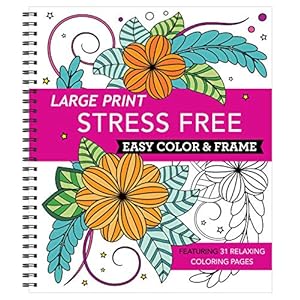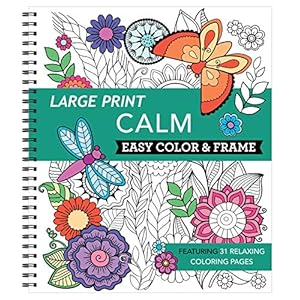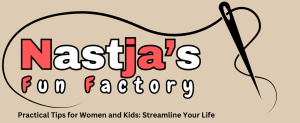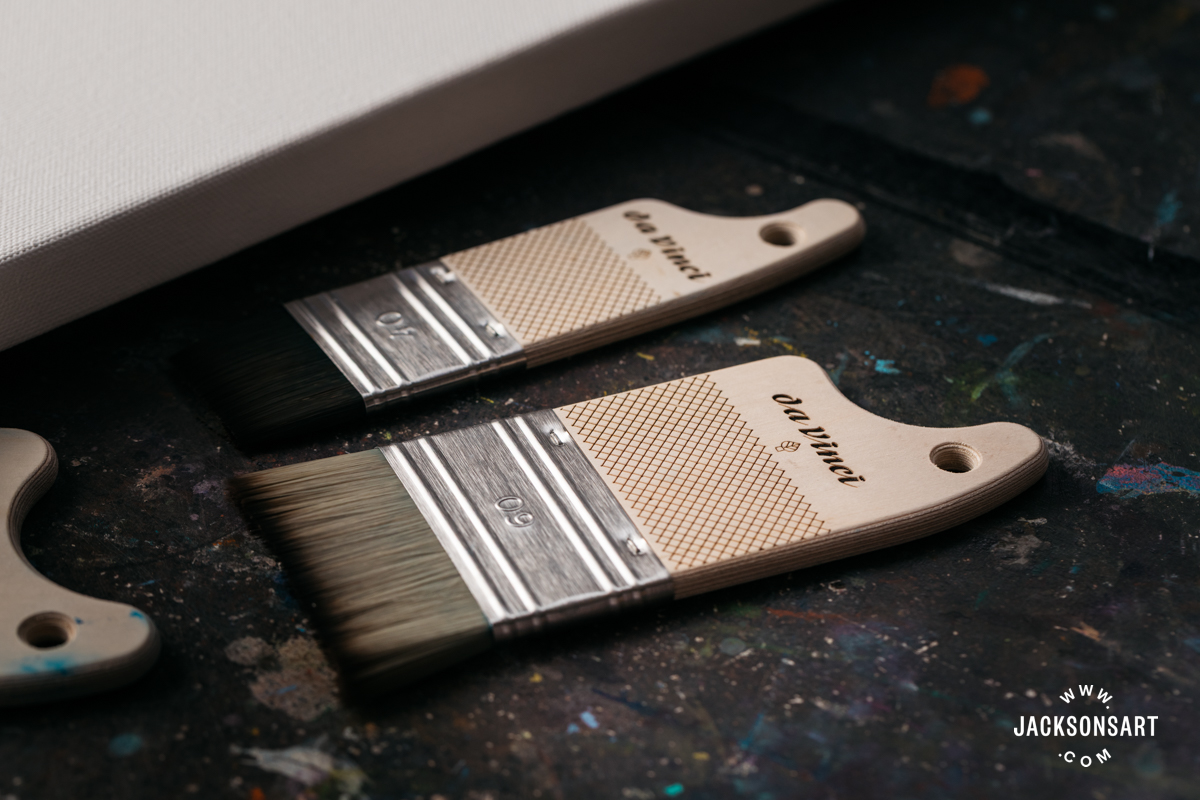
Paddle brushes allow artists to have tactile contact with their surface by movement through the wrist, allowing them to work with greater control across large surface areas. The sturdy design also ensures brush longevity. Da Vinci has released their own new paddle brush range, with three bristle types available in three sizes – 40, 60, and 80 mm. In the following article, I describe their unique properties, test out the functionality of their innovative ergonomic handle design, and use them to apply acrylic paints, gesso, and mediums with a variety of effects.

Review of Da Vinci’s New Synthetic Paddle Brushes
The History of the Da Vinci Company
The Da Vinci brush company was founded around 1890 in Germany and remains based in Nuremberg to this day. Their long-standing ethos has been “to produce the best brushes in the world”, covering everything from artists’ and cosmetic brushes to dental brushes. The name Da Vinci doesn’t come from a personal link to the Renaissance master, but was chosen to enhance brand recognition and give an assurance quality after the company trademarked the name ‘Leonardo Da Vinci’ in 1945. Today, Da Vinci manufactures about 6 million brushes annually, with the Paddle Brush range launching earlier this year.
Properties of the Da Vinci Paddle Brushes
The Da Vinci paddle brushes are available in three different synthetic bristle types: Impasto, Fit Synthetics, and Synthetic Bristle. Each of these is available in three different sizes – 40, 60, and 80 mm wide. These size numbers are also embossed on the rust-proof steel ferrules for ease of recognition.
The innovative quality of these brushes is in their short, wide handles, each with an ergonomic curved top edge. Paddle brushes aren’t a unique concept, but the shape of the Da Vinci ones stands out. Other brands like the Liquitex Freestyle Brushes and the Royal Talens Paddle Brushes are chunkier, angular blocks to hold. In contrast, the Da Vinci paddle brushes allow your thumb to rest in place in the curve of the paddle handle. This gives an extra degree of control in the application of the paint, reducing potential hand pain from holding an awkward object, and making the brush slipping from your hand less likely.

The Da Vinci paddle brushes are also embossed with a textured area to improve your grip on the handle. Next to this embossed texture you’ll notice a small leaf, which signifies that the handles are produced using eco-forestry wood. Da Vinci states that all of their brush handles are made using wood from sustainable European forests.
The handles of the paddle brushes also have holes punched through the top, so they are easy to store or dry hanging up. If you hang your brushes up after washing them, it helps them to retain their shape, and you prevent water or leftover product from pooling at the base of the hairs, which can eventually loosen their adhesion or make the brushes stiff.

The Qualities of Synthetic Brushes
Synthetic brushes have been around since the 1970s and have now surpassed animal hair as the most commonly used brush material. Most synthetic bristle types have been developed through factory processes to directly replicate the qualities of various animal hairs in traditional brushmaking. The main visual benefit of painting with synthetic brushes is that the regularity of factory-produced bristles eliminates the issue of mistakes caused by irregular natural hairs, which are more prone to splitting. Overall, this uniformity can give the artist greater confidence in their brush’s precision. On the other hand, some artists prefer to use natural bristle brushes since they may have greater absorbency, and prefer the specific textures they generate.
From an ethical point of view, synthetic brushes might be your preference because they don’t contain animal products, although they are essentially made of plastics, which makes them non-biodegradable. Contrarily, animal hair brushes are biodegradable, which raises an interesting question about which is the more environmentally conscious choice. It’s impossible to definitively state which is best, although the impact that using synthetic brushes has on the environment can be reduced by using high quality ones that you will use for a long time. Brands that create synthetic brushes with longevity in mind, like Da Vinci, are a great choice for this reason.

What is the Purpose of the Da Vinci Paddle Brushes?
Paddle brushes are intended to be used for priming and painting, bringing your hand closer to the surface for intuitive mark-making, and perhaps enhancing your feeling of control over large brush sizes and surface areas. The wide handle aligns with the wide brush head, which reduces stress on the handle to ferrule connection, ensuring that they have longevity and won’t break apart under pressure. As stated by Da Vinci about their paddle brush range, “Wide brushes are exposed to particularly high stress, which is why the connection between the handle and brush head is designed to be especially sturdy.”
Each of the three Da Vinci paddle brush bristle types have been chosen for specific purposes and effects. To summarise, the Impasto Paddle Brush (white bristles) is the stiffest so is intended for use with heavier paints, the Fit Synthetics Paddle Brush (grey bristles) is the softest so is intended for use with thinner paints and mediums, and the Synthetic Bristle Paddle Brush (yellow bristles) imitates a hog bristle brush which is intended for priming or textured painting. In the following tests, I will explore the potential uses of each brush further, with a variety of different mediums.
Brushstroke Comparison Sheet
To begin my comparative tests of the paddle brushes, I made two simple swatch sheets to show the different textures of the brushmarks produced by each brush type and to demonstrate how much paint each one holds. For this sheet, I painted a single stroke with each brush using Phthalo Blue acrylic paint and one dip of water.

As you can see, the Synthetic Bristle brush made the most textured strokes, with slight inconsistency in the distribution of the paint. The Fit Synthetics brush created the crispest edges and, rather than leaving a strong brushmark, it mostly picked up the texture of the paper. The Impasto brush definitely applied the most consistent strokes with no dry white patches, since it held the most water.

Da Vinci Paddle Brush Synthetic Series 2427 40 mm
Da Vinci Fit Synthetics Paddle Brush Synthetic Elastic Fibres Series 5077 40 mm
Da Vinci Impasto Paddle Brush Synthetic Extra Strong Bristles Series 5027 40 mm
On the right-hand side of the second sheet, I applied a fluid stroke with each brush type, this time adding more water, using the respective 40 mm paddle brushes. Adding more water somewhat lessened the distinction between the brushes, but it’s clear that the Fit Synthetics brush applied the most consistent and even stroke of paint this time. The Impasto and Synthetic Bristle strokes are more characterful and contain greater movement because of their inconsistent areas.

Da Vinci Paddle Brush Synthetic Series 2427 40 mm
Da Vinci Fit Synthetics Paddle Brush Synthetic Elastic Fibres Series 5077 40 mm
Da Vinci Impasto Paddle Brush Synthetic Extra Strong Bristles Series 5027 40 mm

Testing the Impasto Paddle Brush
The bristles of the Impasto paddle brush feel smooth but stiff, making the brush perfect for applying its namesake technique. After my previous test I noticed that these brush hairs were already stained, which is very common with white synthetic brushes. To begin testing the brush, I applied a thick layer of acrylic paint mixed with Golden Light Molding Paste with a palette knife. This medium is perfect for building up volume, textures, and stiff edges in acrylic impasto paintings. As you can see, the Impasto paddle brush was stiff enough to push through this thick paint and form compelling ridges on the surface.
Testing the Fit Synthetics Paddle Brush
The Fit Synthetics paddle brush has silky smooth bristles, which are perfect for painting with fluid or light mediums, or for glazing. To begin, I wanted to use the brush to cover a large surface area, since my previous test showed that it applied the most evenly distributed strokes. Being able to spread paint quickly like this is a great asset for applying smooth grounds or blocking in large areas of colour. I worked with a Magenta acrylic paint, mixed with a little bit of water, to cover my canvas.
After feeling the smoothness of the brush, I wanted to test using it with another water-based medium to see how it handled. I chose some Tom Norton Walnut Drawing Ink, which I poured into a small dish, and applied in calligraphic, fluid strokes. I love how smoothly the brushstrokes appear, distributing the ink very evenly despite my quick gestures. After this test, I’m confident that the Fit Synthetics paddle brushes would also work very well with watercolours.
Next, I wanted to test using a Fit Synthetics paddle brush to apply a glaze to a painting, since I felt that the softness and even consistency would make it perfect for the job. I applied a green glaze over a still life painting of some plants, and found that it applied the paint in a very even layer. I hardly did any smoothing or correction to unify the whole surface. Overall, I think glazing may be the best use of this particular brush type.

Testing the Synthetic Bristle Paddle Brush
The Synthetic Bristle paddle brushes have the coarsest bristles, since they’re designed to imitate hog hair brushes. These coarse bristles are ideal for priming since they add a slight tooth to your support. I started my test by adding a layer of Jackson’s Acrylic Gesso Primer to a Jackson’s Premium Stretched Cotton Canvas. It spread the gesso very smoothly, and I felt that the paddle handle design allowed me to quickly refine the surface with even pressure.
After gessoing my canvas, I wanted to test more of the potential textured effect you could achieve with the Synthetic Bristle paddle brushes, aside from using them to apply primer and grounds. I worked with a Yellow Ochre acrylic paint, on a sheet from a Jackson’s Acrylic Paper Block, without adding any water. The result is these gestural, curvilinear brushstrokes, where I was playing with twisting my whole hand with the brush held tight. I love the areas where the paint has been deposited inconsistently, as I adjusted the speed of my hand movement, and the texture of the brush hairs is evident on the surface.
The Da Vinci paddle brush range is tactile and fun to work with, breaking up the monotony of working with similarly configured brushes. If your work is concerned with immediate mark-making, these brushes will be really exciting to use since they feel like an extension of your hand rather than your arm. For the traditional painter, the Da Vinci paddle brushes make excellent additions to any acrylic brush collection for priming, applying grounds, glazing, blocking in, and working in dynamic broad strokes.
Further Reading
Review of Da Vinci Colineo Synthetic Oil Brushes
Understanding Brush Shape Names, Hair, and Applications
Artist Review: Da Vinci Professional Brush Soap
Using Black Gesso for Depth in Your Painting
Shop Da Vinci Paddle Brushes on jacksonsart.com
The post Review of Da Vinci’s New Synthetic Paddle Brushes appeared first on Jackson's Art Blog.
Trending Products
